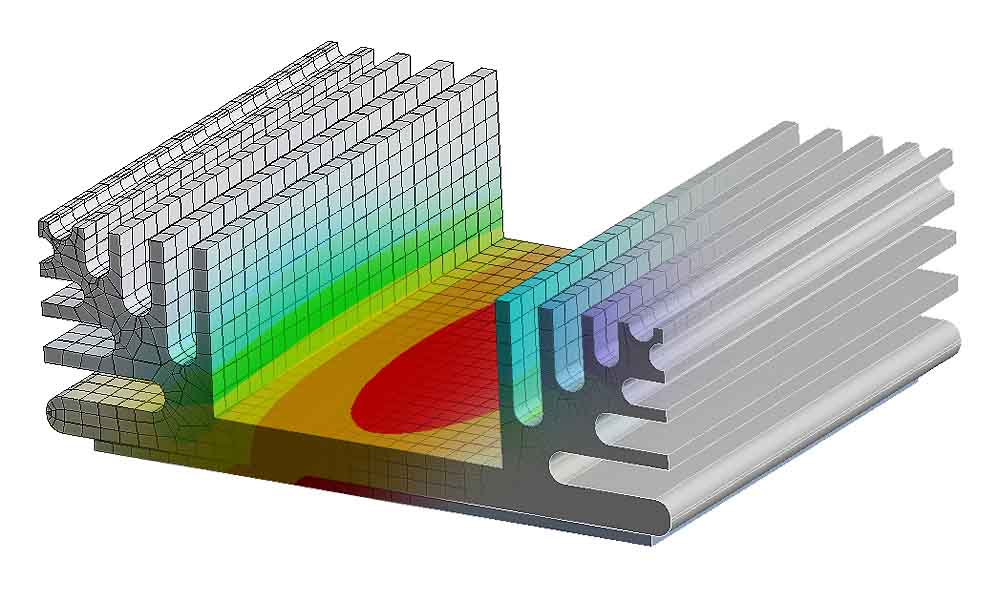Thermal Management and Design of Heat Sinks
Estimated Reading Time: 6 minutes
Estimated Reading Time: 6 minutes













